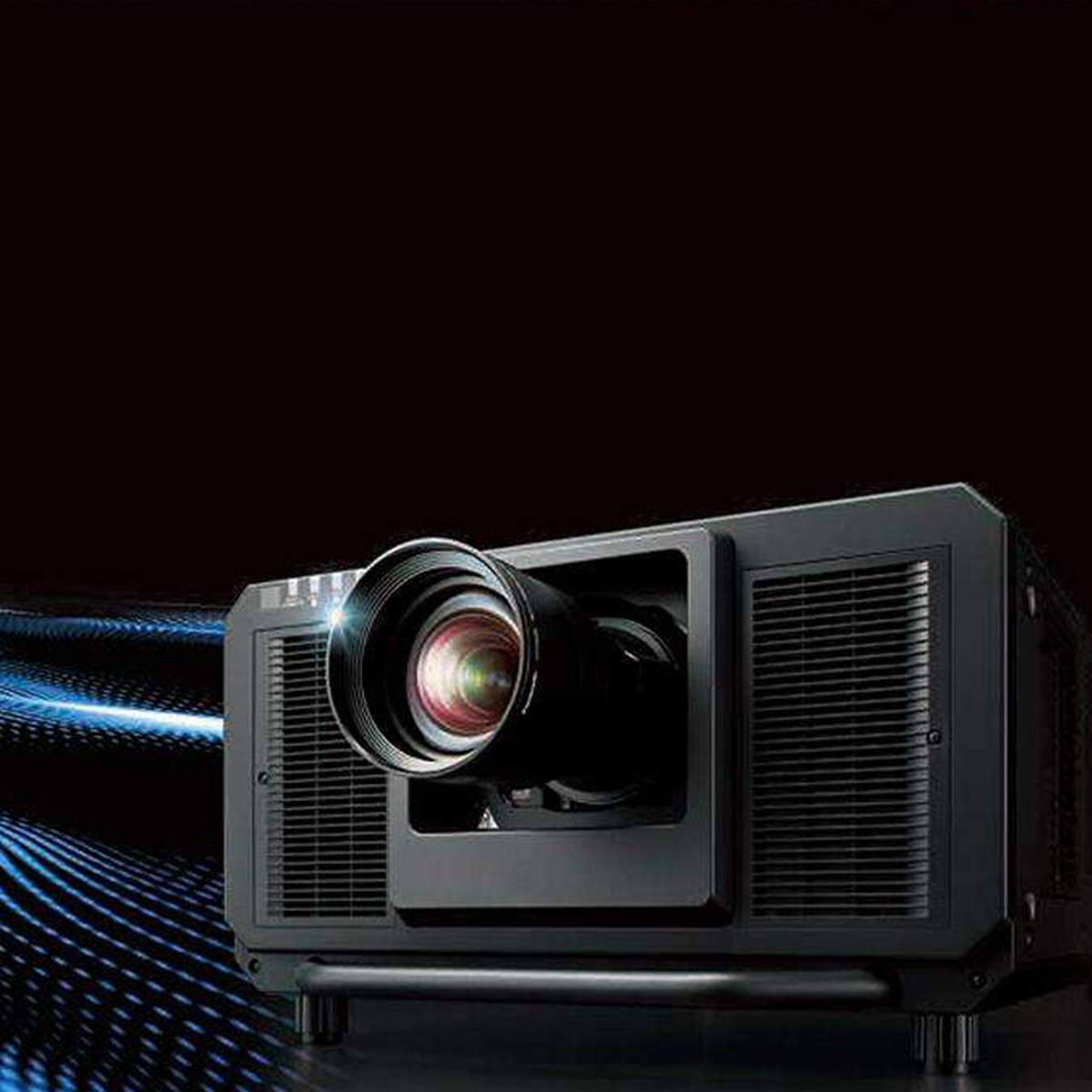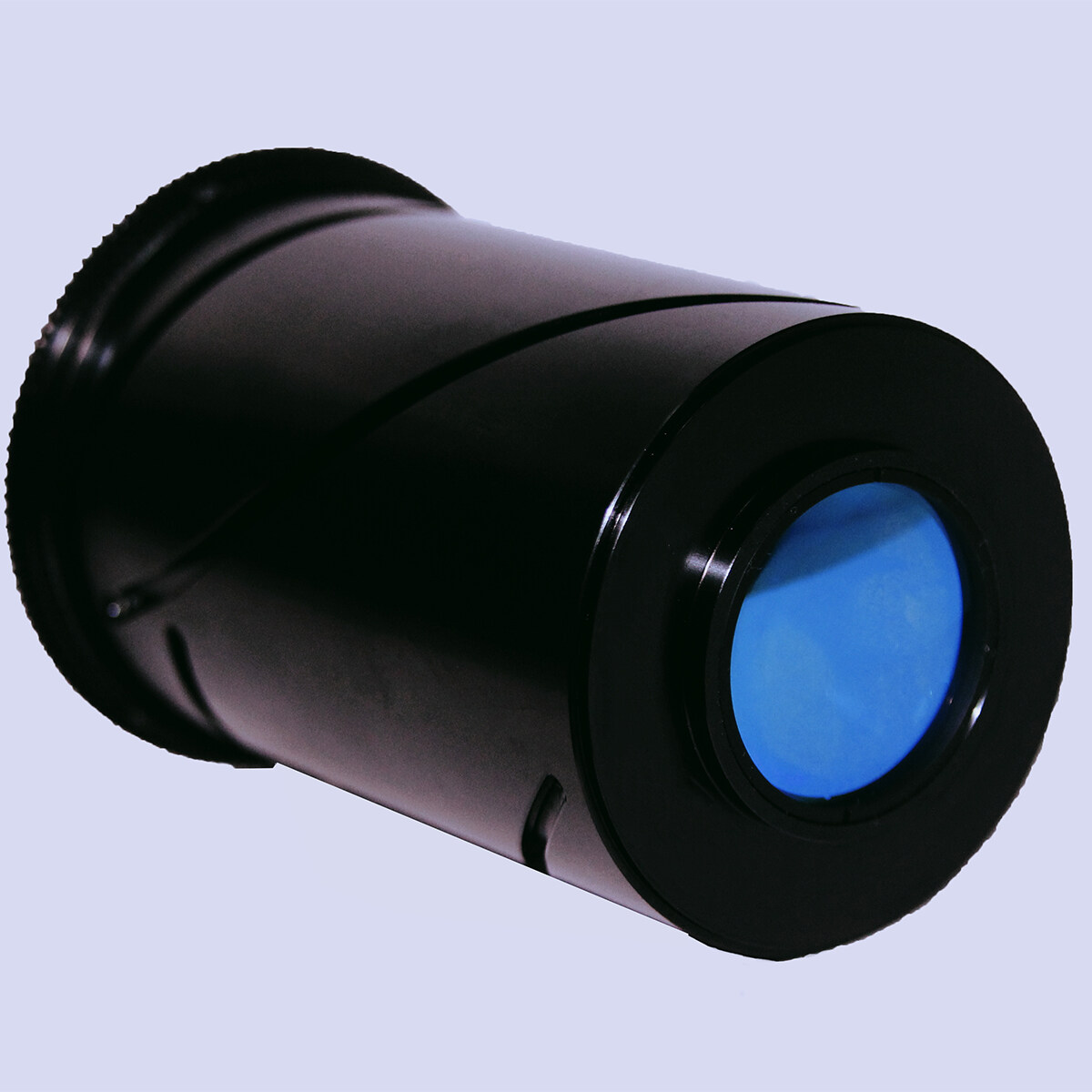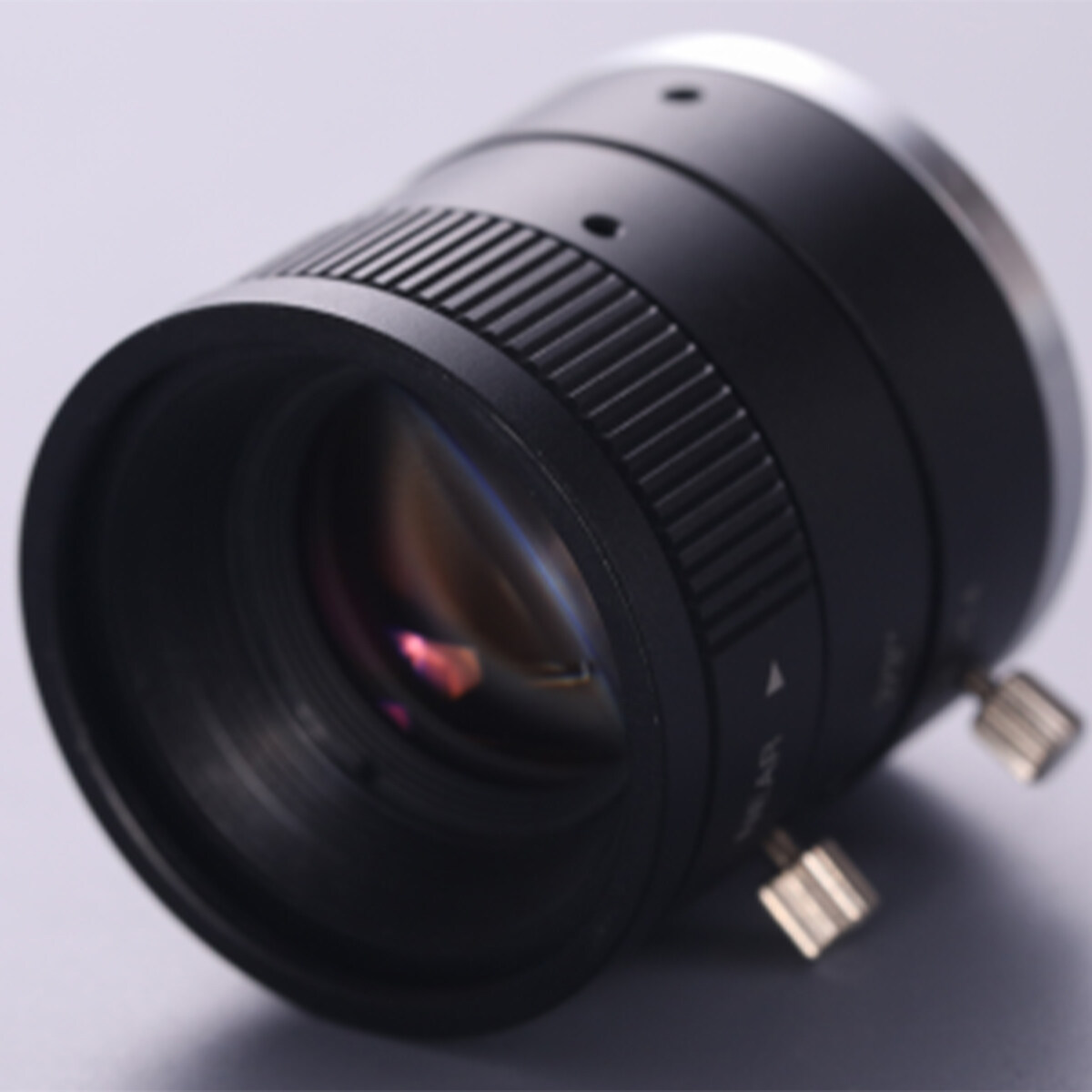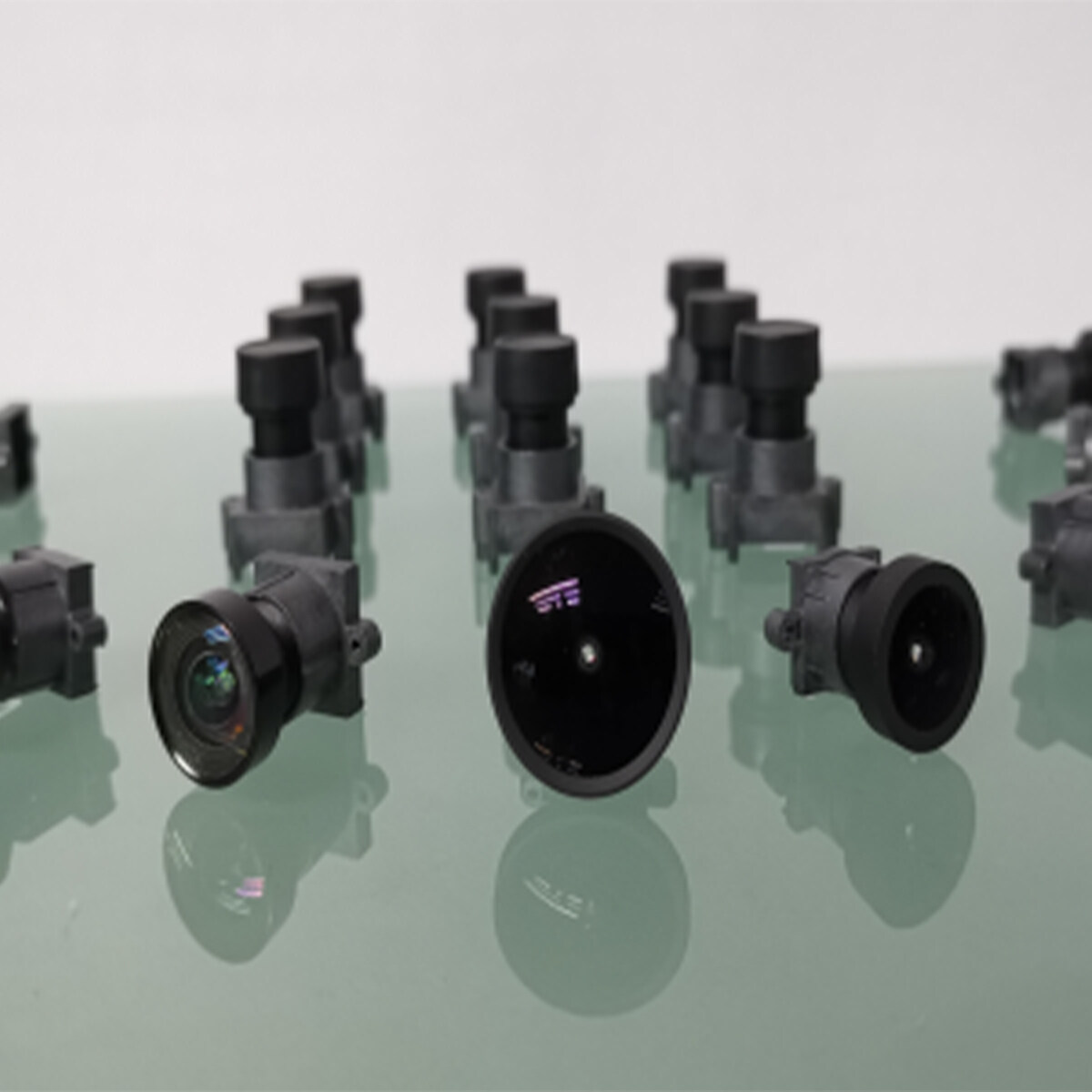Email format error
Email cannot be empty
Email already exists
6-20 characters(letters plus numbers only)
The password is inconsistent
Email format error
Email cannot be empty
Email does not exist
6-20 characters(letters plus numbers only)
The password is inconsistent

Laser Projection Lens
We are a bi-led laser projector lens manufacturer in China. The material of the laser projector lens is whole glass, which has high hardness and wears resistance, and its service life will be longer than that of the resin lens.
The key parameters for choosing the lens of the projector are projection ratio, projection distance, and focusing mode.
The parameters of the projection lens not only affect the image quality but also affect the projection distance and picture size. Among them, the projection ratio is the most important parameter. Generally speaking, it refers to how large the projector can project, how large the space is suitable for use, and the focal length of the projector when projecting pictures of different sizes.
Projection ratio & projection distance
The projection ratio is the ratio of projection distance to projection picture width. The smaller the ratio, the shorter the projection distance required to project the same picture width. Generally speaking, the projection ratio of ordinary projectors is generally between 1.1 and 1.3. In the current projection market, the projection ratio of common household projectors is 1.2:1, that is, it takes about 2.5 meters to project a 100-inch picture, which is also the choice of most families; If the user space is relatively small and it is only used for daily viewing, it is recommended to choose a projection ratio of 1:1. Even a small space can cast a large picture, and the viewing effect is not worse than that of a large movie!
Focusing mode & lens type
The focusing mode is the clear adjustment of the projection picture, such as the lens focusing mode of the SLR camera. When choosing a projector, you can tell whether the projector is a fixed focus lens or a zoom lens through the lens parameters. The projector changes the focus position by moving the lens, the length of the lens focal length, and the size of the lens angle of view to enlarge and reduce the projection picture. In the current mainstream projection market, projectors are all zoom lenses, which can adjust the size of the picture through the lens.
The advantage of the zoom projector lies in its high flexibility, which is not limited by its location and can be installed flexibly. In the zoom lens, the capital "F" refers to the light transmittance of the lens. The smaller the F, the better the light transmittance of the lens; The lowercase "F" refers to the magnification of the lens. For example, when f=1.9, the picture of the zoom lens can be enlarged by 1.4 times in the same position. Therefore, when the zoom projector and the fixed focus projector are in the same position, the picture projected by the zoom projector is larger.
Lens material
At present, there are mainly two kinds of projector lenses on the market, one is high light transmittance coated resin lens, and the other is a glass lens.
"High light transmittance coated resin lens" sounds very advanced at first glance, but in fact, a layer of glass is plated on the surface of the resin lens. The chemical properties of the resin material are unstable and are easily affected by temperature. When heat is concentrated on the lens, the resin lens is prone to defocus, virtual and other phenomena, resulting in blurred images; after long-term use, repeated thermal expansion and cold contraction will also lead to the deformation trend of the resin lens, which is inferior to glass lens in color restoration, so it is not suitable for long-term use. However, the resin lens has high strength, good impact resistance, and light overall weight, which is suitable for friends with short-term needs.
The material of the full glass lens is the whole glass, which has high hardness and wears resistance, and its service life will be longer than that of the resin lens; Moreover, the color reduction of the picture projected by the glass lens is high, which makes the picture more delicate; From the perspective of chemical properties, the all-glass lens is more stable, will not cause focus loss due to thermal expansion and contraction, is radiation proof, and is more durable.







